With the Lonely Planet travel guide placing Valencia at fifth place in its top ten list of cities to visit last year, the south-eastern Spanish city received something of a tourism boost. There are plenty of reasons why the city continues to be so attractive to domestic and international visitors alike… and here’s 10 of them.
Paella
Let’s start with the tastiest attraction of all! Paella is often seen as Spain’s signature dish, but the truth is that it is a Valencian delicacy – and locals will be quick to tell you that the stuff you get elsewhere is just not the real thing at all. Some of the best places in Valencia to get paella include the Restaurante El Forcart next to the Torres de Serranos, La Pepica on the beach and La Marcelina in Las Arenas, which was founded in 1888.
The European Formula 1 Grand Prix
This annual event takes place on the Valencia Street Circuit, and attracts petrolheads from across the world. The Valencian Community motorcycle Grand Prix also takes place annually at the city’s Circuit Ricardo Tormo, and Valencia often plays host to the Spanish round of the Deutsche Tourenwagen Masters touring car racing Championship.
The Las Fallas festival
Every Spanish town and city seems to have its own traditional fiesta, and Valencia is no different, starting on 15 March and continuing for the next five days. These days and nights are one continuous party, with carnival parades, religious processions, music, feasting, drinking and dancing. The streets ring with firework explosions and everyone joins in the fun.
The Albufera
Just 11km south of the city, this nature reserve and national park is an oasis of tranquillity, nestling between rice paddies and the Mediterranean. A sanctuary for migratory birds, its lagoon is also home to many other creatures.
The sunken park
When the river Turia flooded in 1957 and devastated much of Valencia, the authorities decided to divert it around the city, and the original river bed dried up. This was transformed into an amazing park which meanders through the centre of the city, and features gardens, cafés, sports fields, sculptures – and the Gulliver Park, a children’s adventure playground centred on a massive climbable fibreglass model of Lemuel Gulliver tied to the ground with ropes!
The City of Arts and Sciences
One of the most spectacular sights of Valencia, this incredible construction dominates the local area. The ‘city’ is composed of several buildings, each dedicated to either arts or science – L’Hemisfèric contains an Imax Cinema, Planetarium and Laserium, El Museu de les Ciències Príncipe Felipe is an interactive science museum resembling a whale’s skeleton, L’Umbracle is a landscaped walk featuring the flora of the region, El Palau de les Arts Reina Sofia is an opera house, L’Àgora is a covered plaza for concerts and sporting events and L’Oceanogràfic is an open-air oceanographic park – but more on that in a second…
L’Oceanogràfic
The largest oceanographic aquarium in Europe, this bears an entry of its own, with its 110,000 square metres containing 42 million litres of water. Each building represents different watery habitats and contain over 500 different species. Come for the dolphin show, stay for the beluga whale!
Valencia beach
More attractive than Barcelona’s beach, El Cabanyal is the closest of the city’s eight beaches, accessible by a short bus ride. It’s a wide and sandy beach, with calm waters and many seafood restaurants to sample.
Plaza del Ayuntamiento
Valencia has many beautiful squares, but the most popular is here, the home of the city hall, the the magnificent central post office building and a stunning fountain. People come here to relax, hang out and peoplewatch.
Valencia Cathedral
No visit is complete without a trip to the spectacular cathedral, built between the 13th and the 15th centuries. It is home to one of the world’s Holy Chalices – one widely believed to be the true Holy Grail!
Featured Image: KΛ13
Image sources: 1 2 3 4 5 6 7 8 9 10

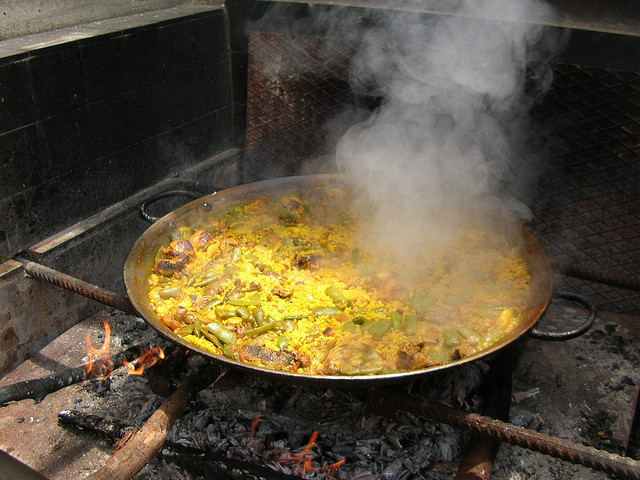

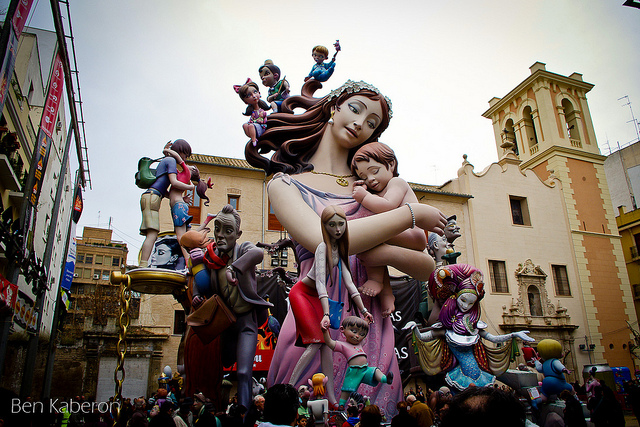
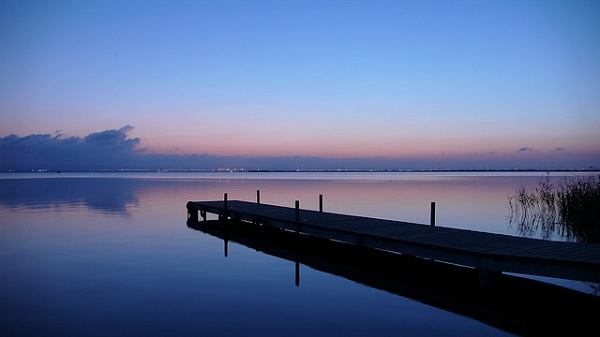
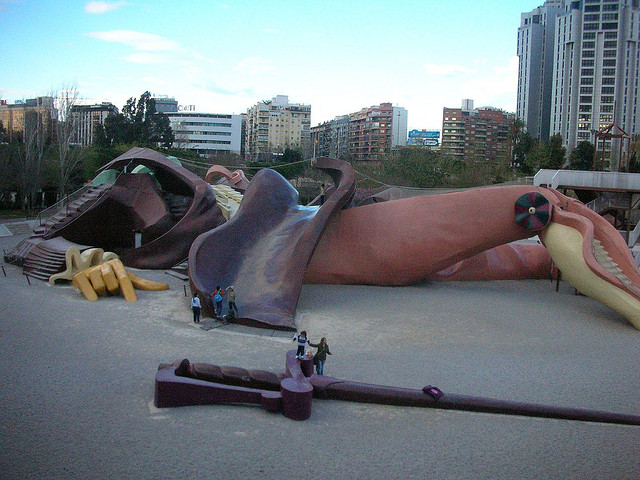
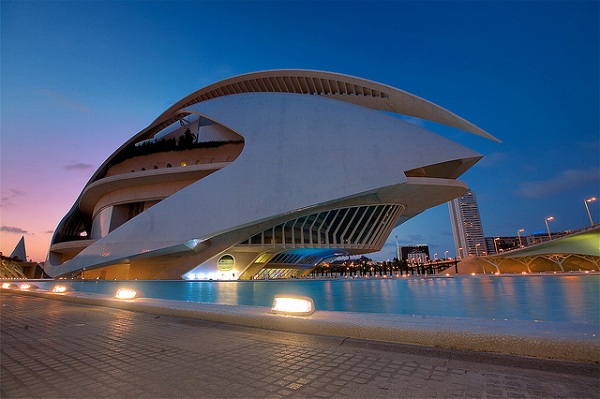
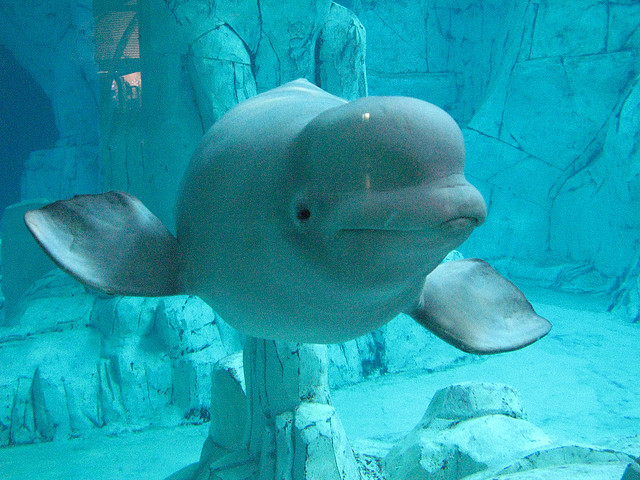
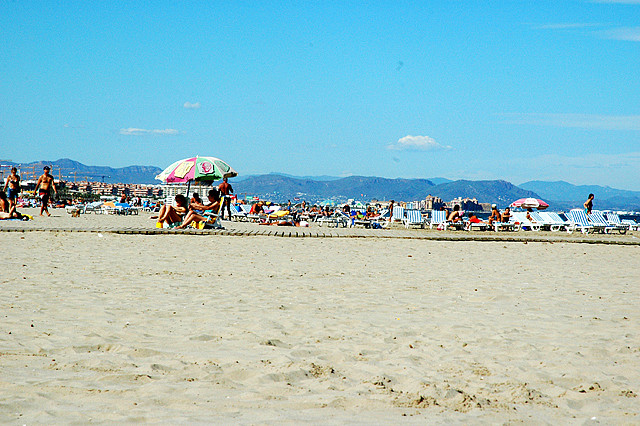
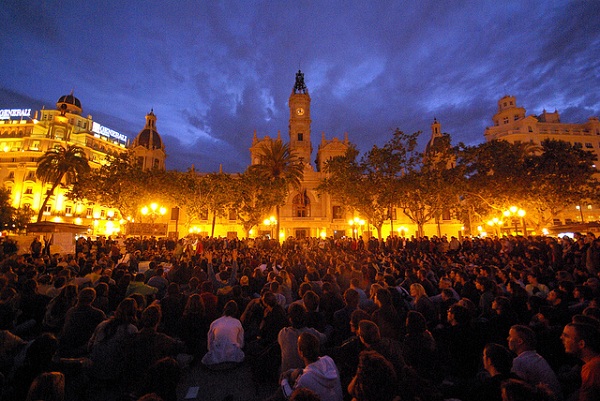
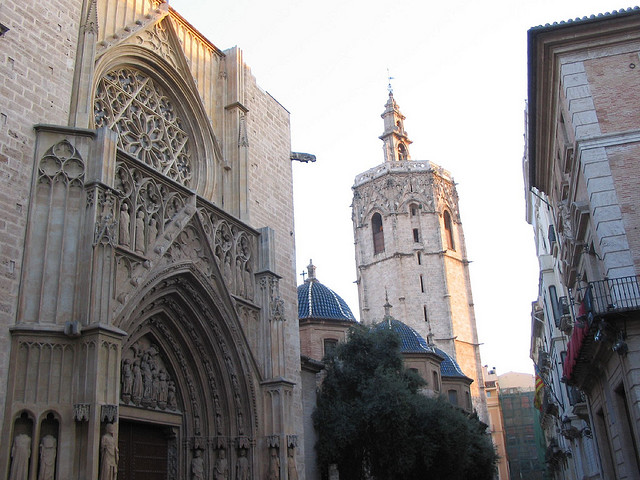
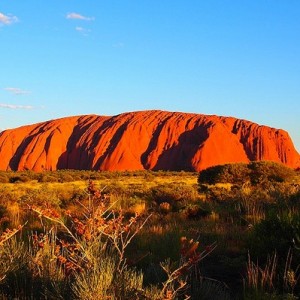

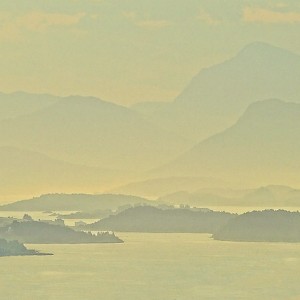
Comments are closed.